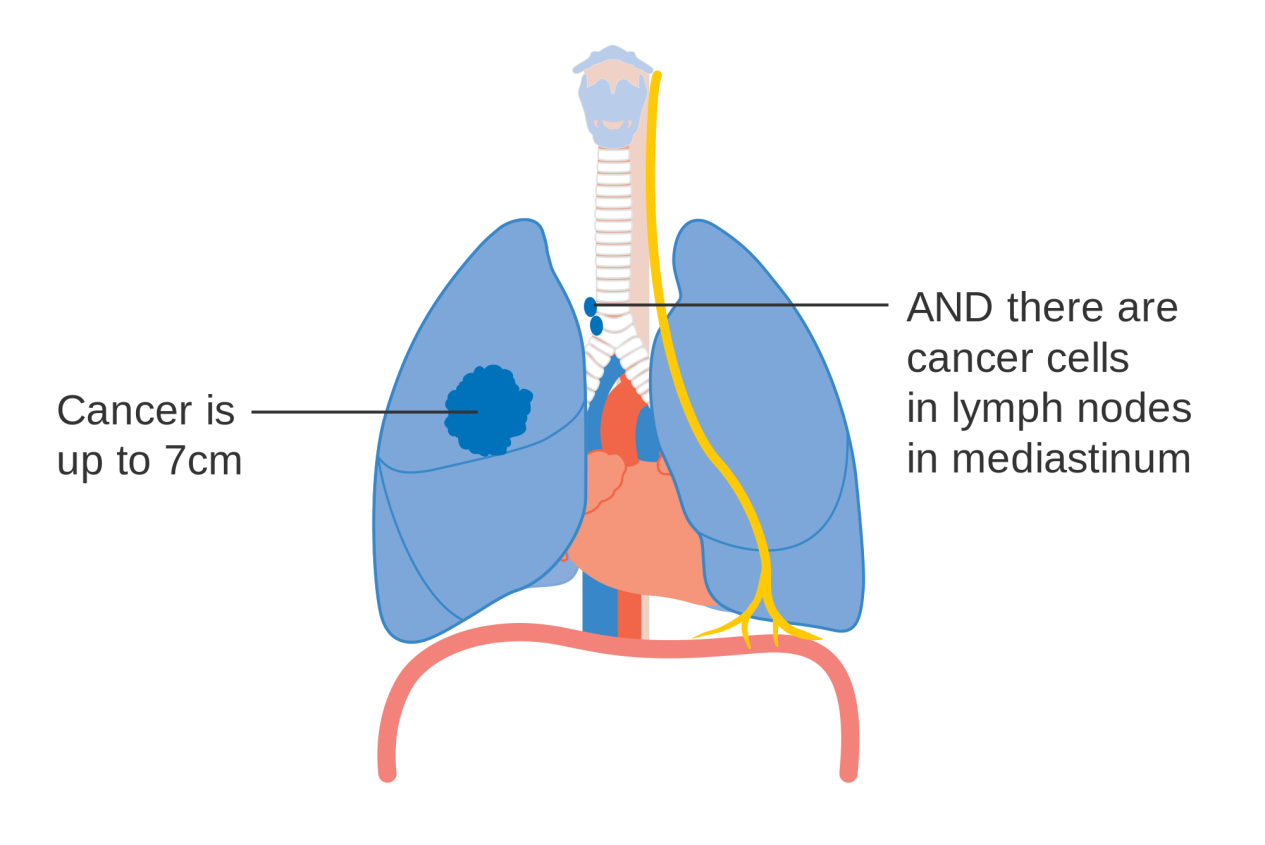Lung cancer is still the biggest dilemma in developing countries where is no rules and regulations about smoking and control of other palliative agents. Biomarkers have recently become a part of standard-of-care treatment for cell lung cancer with the recent FDA approval of different drugs in the second-line setting for patients with advanced disease. The concept of chemotherapy and radiation is rapidly changing in advanced countries due to the invention of biomarkers.
Lung cancer is a leading cause of malignancy associated with human deaths, which is evident from its high mortality rate of 1.6 million (19.4% of total) cancer deaths Worldwide. It is more common in male and elderly group risk factors include smoking, pollution, certain metals (chromium, cadmium), some organic chemicals and radiation. The risk of genetic susceptibility can contribute especially in young.

Thyroid transcription factor 1 (TTF1) is expressed by both neuroendocrine and non-neuroendocrine carcinomas of the lung but the frequency of expression varies markedly among various histologic types.
Sensitivity is highest among adenocarcinomas & non-mucinous bronchoalveolar carcinomas where it is over 90%. The lowest expression is seen in mucinous adenocarcinomas and Squamous cell carcinomas. The TTF1 expression is also seen albeit focal in a subset of ovarian & colorectal carcinomas. Striking differences in sensitivity are seen among neuroendocrine tumors of the lung, varying from 90% in Small cell carcinoma, 50% in large cell neuroendocrine carcinoma and < 50% in carcinoid tumors.
Napsin A is a very sensitive marker for detecting pulmonary adenocarcinomas with a level of sensitivity from 80% to over 90%. The specificity of coexpression of TTF1 and Napsin A is extremely high for pulmonary adenocarcinomas. However Napsin A can be identified in a subset of RCC (most frequently Papillary, up to 80%). Also in a minority of endometrial adenocarcinomas and PTC & Clear cell carcinoma of the ovary.
EGFR is the most frequent mutations in Pakistani lung adenocarcinoma patients and around 29% of the patients were found eligible for erlotinib therapy.
Several other immunotherapeutics are currently under investigation for the treatment of NSCLC, including those that inhibit PD-1 and PD-L1
Conclusion: This is an extremely exciting time in the field of thoracic oncology due to the development of immunotherapeutic drugs targeting different biomarkers responsible for mutation and in the development of lung cancer. Key areas of ongoing investigation are elucidating a predictive biomarker, determining the most appropriate line of therapy to use these drugs, and defining whether the combination with other agents (including chemotherapy, targeted therapy, or other immunotherapies) can provide additional benefit.
Conference Title: International Conference on Pathology and Surgical Pathology Date & Venue: Sep 06-08, 2018 | Edinburgh, ScotlandTo know more visit: https://goo.gl/F5YC86
Authors: Prof Mulazim Hussain Bukhari
MBBS, DCP, CHPE, MPhil, FCPS, PhD
Head of Pathology Department, UCM, University of Lahore
MBBS, DCP, CHPE, MPhil, FCPS, PhD
Head of Pathology Department, UCM, University of Lahore
References.
- Zeeshan Ansar Ahmed, Tariq Moatter, Areeba Siddiqui, Shahid Pervez. Distribution of EGFR Mutations Commonly Observed in Primary Lung Adenocarcinomas in Pakistan as Predictors for Targeted Therapy. Asian Pac J Cancer Prev, 15 (17), 7125-7128
- Topalian SL, Hodi FS, Brahmer JR. Safety, activity, and immune correlates of anti-PD-1 antibody in cancer. N Engl J Med. 2012;366:2443-2454.
- Gettinger SN, Horn L, Gandhi L, et al. Overall survival and long-term safety of nivolumab (anti-programmed death 1 antibody, BMS-936558, ONO-4538) in patients with previously treated advanced non-small cell lung cancer [published online April 20, 2015]. J Clin Oncol. DOI:10.1200/JCO.2014.58.3708
- Brahmer J, Reckamp KL, Baas P, et al. Nivolumab versus docetaxel in advanced squamous-cell non-small-cell lung cancer. N Engl J Med. 2015;373:123-135.
Keywords: Adenocarcinoma, biomarkers, immunotherapy, lung cancer, NSCLS, PD-1 and PD-L1, SCC, Squamous cell carcinoma
Comments
Post a Comment